Morocco is a North Africa country bordering the Atlantic Ocean and the Mediterranean Sea. It’s distinguished by its Berber, Arabian and European cultural influences. The capital Rabat’s Kasbah of the Udayas is a 12th century royal fort overlooking the water. Take a look below for 31 more fascinating and interesting facts about Morocco.
1. Morocco is one of the world’s largest producers of illicit hashish.
2. An Arabic name for Morocco, al-Magrib al-Aqsa, means “the extreme west” and attests to Morocco’s place as the westernmost country in the Arab world.
3. Morocco is the only African country that’s not a member of the African Union.
4. In Morocco, men and women wear the djellaba. A djellaba is a loose fitting garment covering the whole body. It’s made out of wool for winter and cotton for summer. Unlike a kaftan, it has a baggy pointed hood called a “qob,” which is perfect against the Sun, wind and sand.
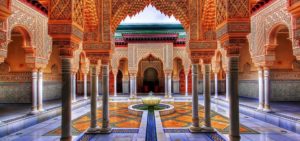
5. The English name “Morocco” originates from the Spanish and Portuguese names “Marruecos” and “Marrocos.” These, in turn, derive from “Marrakesh,” which is the medieval Latin name for the former Almoravid dynasty and Almohad Caliphate capital of Ancient Morocco.
6. “Marrakesh” remains the name for Morocco in Persian, as it was, until the late 20th century, in Middle Eastern Arabic.
7. In Turkish, Morocco is known as “Fas,” a name derived from its ancient capital Fes. The word “Marrakesh” is made of the Berber word-combination Mur N’Akush, meaning “the Land of God.”
8. Morocco’s flag is red with a green pentacle, which is known as Sylaymen’s, or Solomon’s, seal in the center of the flag. Red and green are traditional colors in Arab flags, and the pentacle represents the five pillars of Islam and signifies the association between God and the nation. Its design dates to 1912.
9. Moroccan oil, which is also known as argon oil or argan oil, comes from the Argania Spinoza tree home-grown in Morocco. There are 2 purposes for this oil, which are cosmetic and culinary. It’s often been used in Moroccan cuisine and it’s also believed to have remarkable nutritional benefits and to be an effective source to lower cholesterol.
10. Moroccan Henna is a plant that can reach up to one meter in height. The leaves produce yellow or red dye. The henna is often used for body painting.
11. In Morocco, it’s considered impolite to handle food with the left hand and to say no to meat if it’s offered at a meal.
12. Moroccan Berber women still have tattoos in geometric designs on their faces, sometimes covering much of their forehead, cheeks and necks. These are marks of tribal identification and date to a time when it was necessary to be able to spot women of one’s tribe who had been carried off in raids.
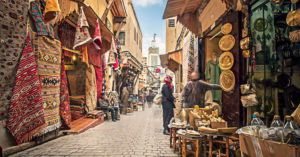
13. Morocco’s national animal is the Barbary lion. DNA evidence from two lion skulls found in the Tower of London prove that English royalty owned at least two Barbary lions sometimes between the 13th and 15th centuries.
14. White is the color of mourning in Morocco. A Moroccan widow wears white for 40 days after the death of her husband.
15. In Morocco, it’s estimated that there is one dentist for every 800,000 residents. Because of this, the standard treatment for a toothache is extraction. At country market, tooth extraction “specialists” are identified by their set of pliers and small carpets littered with bloody molars.
16. One of the major sources of income for families in Morocco’s Northern Rif region is cannabis cultivation. In fact, the word “reefer” comes from the word rif. The cannabis, which in Arabic is known as kif, is processed and sold as hashish.
17. Often called the “Red City,” Marrakech, Morocco, requires people to wear sun protection and headgear of some kind all year round, even during the winter.
18. Morocco is the biggest processor and exporter of sardines in the world.
19. The English word “genie” comes directly from the Arabic word “djinn,” denoting a spiritual being that may play some part in human affairs when called up. In Morocco, djinns are believed to frequent places associated with water, such as public baths, drains, sinks, and even pots and pans.
20. The Hassan II Mosque in Casablanca is the world’s seventh biggest mosque and took five years of intense labor by over 30,000 workers and craftsmen to complete in 1993. The mosque’s minaret at 689 feet, or 210 meters, high is the world’s tallest, and it’s Casablanca’s chief landmark.
21. The family is the most significant unit of Moroccan life and plays an important role in all social relations. The individual is always subordinate to the family or group. Nepotism is viewed positively, since it indicates patronage of one’s family.
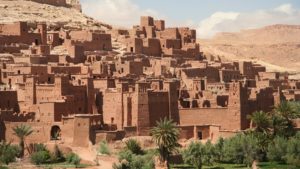
22. Morocco is only 13 kilometers from Europe, across the Strait of Gibraltar.
23. Casablanca, the movie named after the Moroccan city, starring Humphrey Bogart and Ingrid Bergman, won the Academy Award for Best Motion Picture in 1942 and is considered one of the best movies of all time.
24. Morocco’s current royal family, the Alaouites, date from the 17th century. Sultan Muhammad V, the current monarch’s grandfather, organized Morocco as a constitutional monarchy and assumed the title of King in 1957. Mohamed VI has been King of Morocco since July 30, 1999.
25. Traditionally, the liver and not the heart is considered to be the symbol of love in Morocco.
26. Rabat was made the capital city of Morocco in 1913 by the French because Morocco had no fixed capital at the time. In the 17th century, the Moroccan city Rabat was, for a time, the center of notorious Sallee Rovers, who were corsairs, or pirates. Daniel Defoe’s Robinson Crusoe was a fictional captive of a Turkish rover of Sallee.
27. In Morocco, very few citizens have private baths, and a ritual purification of the body is essential before Muslims can perform prayers, so many Moroccans bathe at the public hammam. The hammam is segregated and, along with the local zaouia, is an important place for women to socialize.
28. The medersa, an Islamic college of higher education, originated in Persia and was developed in the Islamic west in the 13th century. The largest Moroccan medersa is the 16th century Medersa Ben Youssef in Marrakesh, which is also the largest medersa in North Africa.
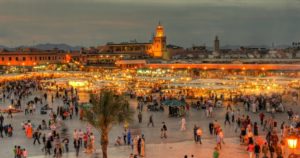
29. The tomb of John the Baptist is said to reside in the shrine of Sidi Yahia ben Younes, which is situated in the Moroccan city of Oujda.
30. The inventor of the first pedestrian crossing light, Leslie Hore-Belisha, is buried in the Jewish cemetery of Essaouira.
31. Morocco is second only to Egypt in the Arab world for encouraging friendly relations with Israel. At the end of 1993, a number of measures to improve relations between the two countries were announced by the king, more specifically including the opening of direct air connections and telephone and postal links.

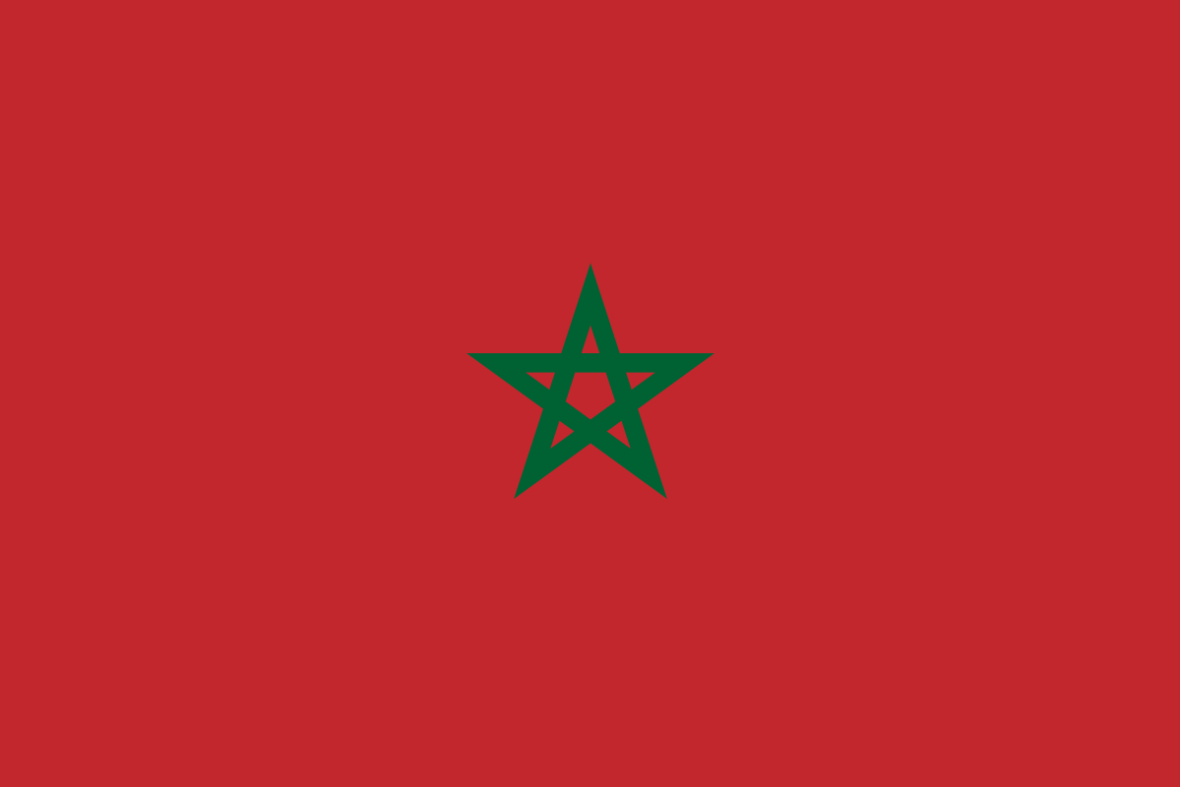
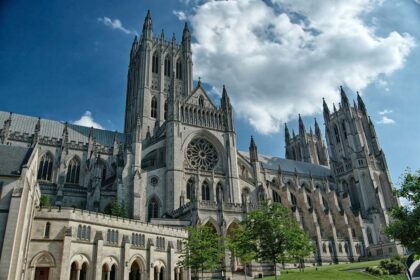
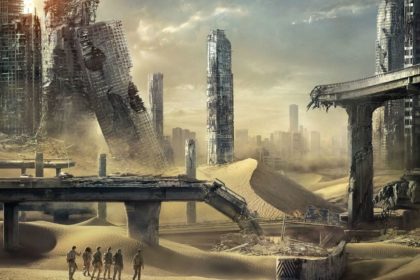
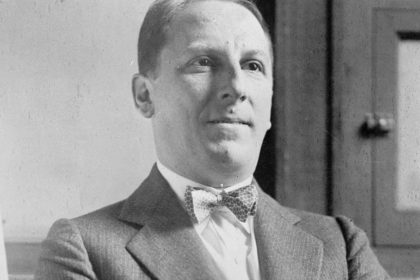
One Comment
Pingback:
April 16, 2018 at 11:14 am